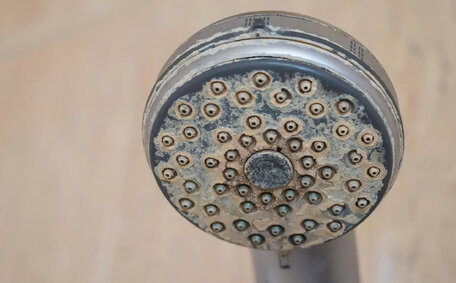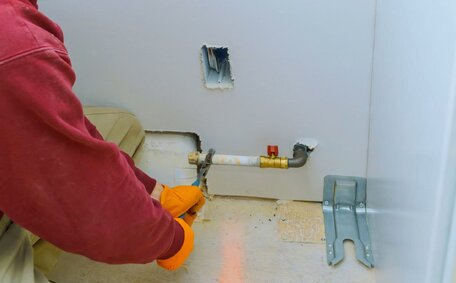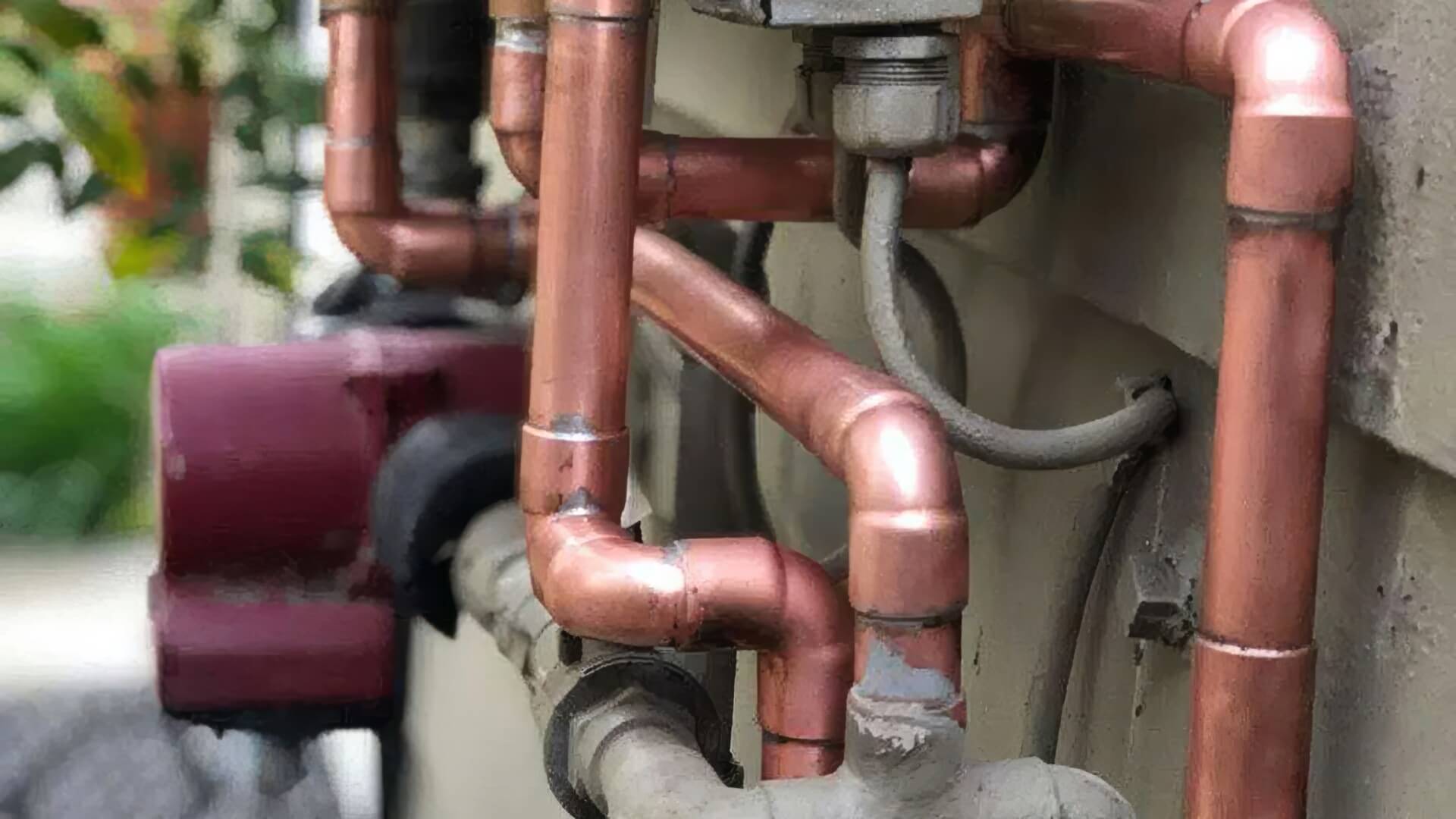Understanding how septic systems and drains work
Septic systems play an essential role in sewage treatment, especially in areas without centralised sewer systems, by processing liquid and solid waste. These systems consist of septic tanks and drain fields that collaboratively filter and treat household wastewater.
Septic tanks separate solids from liquids, using anaerobic bacteria to break down contaminants for preliminary treatment. The resulting clear effluent travels through the septic leach system and disperses into the subsoil, processing into the surrounding soil of the drain field.
Drain pipes inside the home form a vital part of the plumbing system, including the main drain, which collects wastewater from household fixtures and funnels it into the inlet baffle of septic tank systems, preventing any septic backup. Correct sewer drain gradients and venting are key for efficient wastewater movement.
Drains and septic systems should work in unison for optimal waste processing. Additionally, monitor soil changes or rising water levels, which can alter the septic drain field’s functionality.
A blocked drain can restrict flow, causing septic tank overloads or backups. Preventive measures like regular tank pumping, water conservation, and keeping drain pipes clear can effectively avoid septic system malfunctions.
Common causes of septic tank clogs and blockages
Several leading causes contribute to clogs and blockages in septic tank systems:
- Flushing foreign objects such as non-biodegradable products, baby wipes, and grease down drain paths can cause a tank clogged issue with materials getting lodged in the septic tank.
- Excessive rain or sewer blockages that flood the leach field, leading to nearby waterlogging and backups in the septic tank.
- the use of corrosive chemical drain cleaners, harmful washing machine products, or tree roots that invade the septic tank and destroy essential waste-breaking bacteria.
Experts recommend getting your tank pumped every three to five years to eliminate accumulated solids and avert clogs. Neglecting proper maintenance heightens the risk of a failing septic tank, leading to backups, overflows, and costly repairs down the line.
Impact of clogged drains on septic tank performance
Clogged drains connected to your septic system place extra strain on the tank. Drain blockages restrict the flow of wastewater and sewage, risking it backing up into home living spaces.
This added pressure can overtax the septic tank and compromise components such as the drain line outlet baffle, flooding your toilet with more waste than it’s designed to handle at once. Over time, this can damage components like baffles or outlets, making them no longer effective. Stirred-up solids, which are manageable when settled, can overwhelm the tank.
Backups increase the danger of sewage entering your home from the tank, posing significant health risks from bacteria, viruses, and parasites. Slow draining also risks waste seeping into sensitive areas, leading to further septic system issues.
Signs of septic system failure due to blocked drains
Blocked drains may indicate a common issue, suggesting potential failure in your septic system. Here are some of the signs your failing septic system may be exhibiting:
- Sewage backups - Slow draining from clogged pipes can lead to a sewage backup into your sink, tubs, or toilets.
- Gurgling sounds from drains and plumbing vents.
- Foul sewage odours around your home or yard.
- Patched areas of grass appearing over the drain field, signalling excess moisture.
- Pool of standing water or mushy soil around the tank or drain field.
- Condensation or algae growth on inside surfaces of the tank’s access points.
- Staining around fixtures from sediment in wastewater.
If you spot signs of a blockage affecting your septic system, a professional can help mend it by attending to your drains as soon as possible. The sooner the issue is resolved, the less chance that your septic system can suffer damage or lead to failure requiring expensive repairs down the road.
Methods to clear clogs and prevent septic system issues
Homeowners can use your various methods to clear clogs commonly found near septic tank areas and prevent future septic system problems:
Clear Drain Clogs
- Use one, two, methods such as a plunger or drain snake, while wearing rubber gloves to avoid direct contact, to manually dislodge clogs.
- Try baking soda and vinegar - pour 1 cup baking soda into septic-friendly drains, followed by 1 cup vinegar, allowing the mixture to drain away naturally. After 15 minutes, flush with hot water.
- employ enzyme-based drain cleaners formulated to be safe for septic systems, for effective blockage resolution.
Preventive Maintenance
- Have your septic tank professionally pumped every 3-5 years.
- Inspect inlet/outlet tees and the effluent filter annually to prevent a blocked septic scenario, and clean them as needed.
- Reduce water supply usage to avoid overloading the system.
- Never flush non-biodegradable items like wipes, grease, or excessive toilet paper.
- Don’t use harsh chemical drain cleaners.
- Keep heavy machinery and vehicles away from the septic tank system area where your septic tank and drain field are situated.
Regular upkeep of your drains and septic system is essential in reducing the likelihood of expensive repairs. Contact a professional to learn more about what to do if you suspect your system is backing up or failing.
When professional help is needed
Calling in a professional is wise, particularly when blocked sewage impacts your septic system:
- Persistent clogs or backups - If DIY methods haven’t successfully cleared blockages causing sewage to back up or your drains to drain slowly, a pro has the tools and expertise to diagnose and solve the problem.
- Sewage visible above ground - Raw sewage surfacing anywhere on your property signals an urgent issue requiring immediate professional assistance to clear blockages and check for system damage.
- Multiple plumbing fixtures affected - If all your home’s drains are sluggish or clogged, this suggests a more serious issue such as a major blockage in the sewer line or septic tank overload. Professionals use specialised equipment to remove blockages in the sewer main and lateral drains.
- Notices of violation - If you receive a violation notice from local authorities about a failed inspection or illegal discharge, it could indicate a fault within your septic system. Contact a professional right away to make necessary repairs and prevent costly fines.
For trusted septic and plumbing services in the Drummoyne area of Sydney, contact your local experts at Drummoyne Plumbing on 1300 349 338 or email us at jobs@drummoyneplumbingservices.com.au. Our licenced technicians can quickly diagnose issues and get your drains and septic system working properly again.






